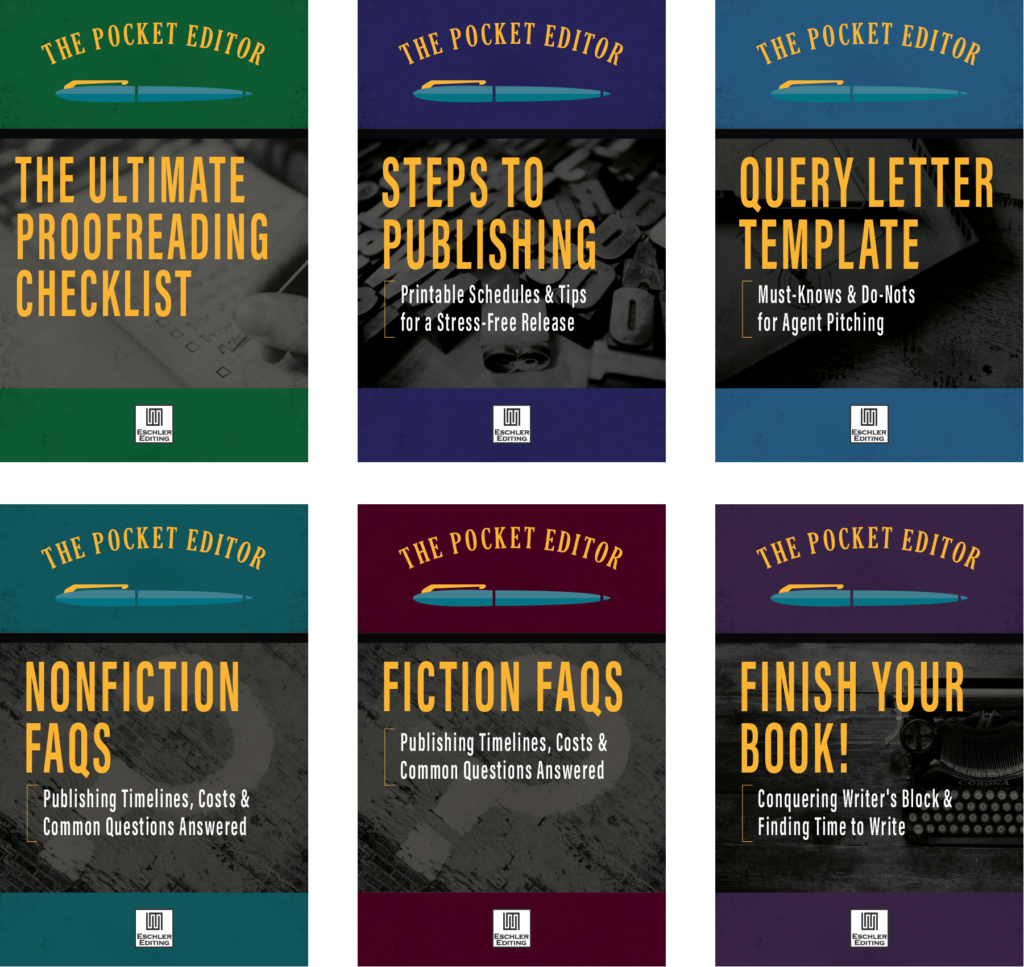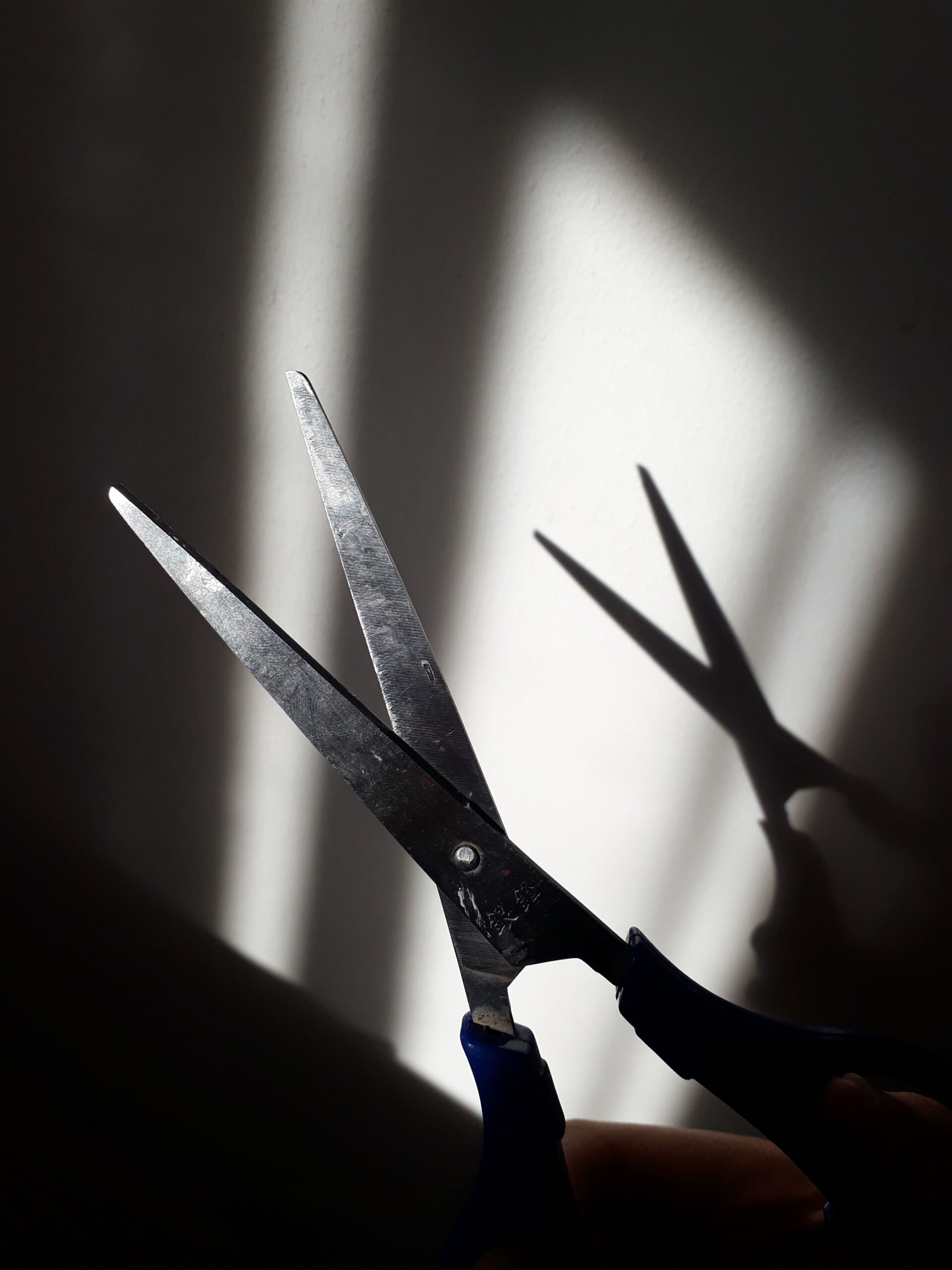Genre Distinctions So You Can Get Yours Right
by Marla Buttars
With the publishing industry constantly evolving these days, you may ask the question, “What exactly is creative nonfiction?” And you may wonder if your life history or the lessons you want to leave as your legacy fit the definition. Can you have any fiction in your creative nonfiction? If not, what does the creative part mean, exactly?
At first glance, creative nonfiction, or narrative nonfiction, as it’s also called, seems like a paradox. How can something dealing with facts be creative? To answer that question, let’s take a brief look at what publishers expect from this genre.
- It uses narrative devices like structured scenes, plot, dialogue, and setting descriptions to bring facts to life.
- It should read like fiction but be 100-percent true. Award-winning former journalist Chip Scanlan at Poynter.org explains creative nonfiction as “the union between storytelling and journalism.” This means it uses facts gathered through research and personal experience to tell a story. While it should be as factual as possible, some subgenres, like memoirs, allow for an interpretation of reality based on your unique perception of relevant facts. For instance, you may feel it a fact that you were abused, and your ex-partner/guardians may claim otherwise, but if you know it happened, it’s a fact as far as your story is concerned. (If you’d feel honest defending yourself in a libel case, it’s fact.) Reality as you perceive it is different, however, from making reality up as you want it to have played out. If you tell a story that has any sort of fiction in it—things created from pure imagination or stretched truth—it’s fiction. (The debacle around A Million Little Pieces, by James Frey, bears this out.)
This genre has exploded over the last couple decades, and publishers are looking for more works that blend a creative writing style with nonfiction stories and information. So, if you love to write stories that are true, this is your opportunity to shine.
Many genres fall under the umbrella of creative nonfiction. Let’s explore some of the main categories and what publishers’ and readers’ expectations are for each.
Genres
There are many different genres under the umbrella of narrative nonfiction. You may be writing an inspirational how-to with a lot of illustrative stories in it, or you may be attempting a straight memoir, or maybe an autobiography, or perhaps you’re doing some immersion journalism or want to write personal essays. All of these genres overlap in some ways but are distinct as to which publishing route works best for them, how they would be shelved and marketed at a bookstore, and how you’d want to pitch them to traditional publishers or agents. We’ll cover some of the main categories below so you can get your bearings.
Inspirational/Motivational
This is one of the tougher creative nonfiction genres to nail down. This category usually features elements from traditional how-to books blended with stories from either the author’s or others’ life experiences with a principle or theme covered in each chapter or book. The industry considers these prescriptive* (books that help readers do something better—how-to, self-help, personal development, or business), but in the case of creative nonfiction, think of it as a guided journey where the reader gets to discover and learn along with the author. In other words, it’s often like a big pep talk— “Hey, I went through this amazing journey, and you can too”—and it sometimes includes a “tool” the reader can keep in mind in or apply to future problems.Most bookstores place these books under categories for self-help. Here are some examples for inspirational/motivational books and the categories they can be found under.
- How to Embrace Your Inner Hotness by Leta Greene (self-help/self-esteem)
- Does This Insecurity Make Me Look Fat? by Michelle Wilson (self-help/self-esteem/worship & devotion)
- Cooked by Michael Pollan (science & math/history/agricultural sciences/essays)
- Eat More Ice Cream! by Michael Hood (self-help/business & money/management & leadership)
If you plan to write a book about something you’ve learned or discovered, self-publishing or looking for a publisher who targets your niche market may be best. This genre is huge with the digital publishing age, and many authors (especially businesses and entrepreneurs) use it to launch their brand and message to the world.
Word count: These typically range from essay length to about 60k words.
Memoirs
Memoirs are considered the more personal side of creative nonfiction. They feature a story or series of stories centered on a common element from the author’s life, sometimes called slice-of-life stories.
Told in first person, a memoir centers on some theme or key moment(s) with personal and, hopefully, universal appeal. While it is a personal tale, careful research to ensure accuracy about details surrounding events is important. Also, if you don’t remember some details, be sure to say as much or consider switching to a fiction story based on fact to avoid false advertising.
Since memoirs are so personal, they often have a small audience and can be tricky to sell through traditional publishing, but when done right and unique enough, they can make a huge splash in the market. Agent Laney Katz Becker provides four things she considers when determining if a memoir is suitable for traditional publishing and the attention of agents: If the reader doesn’t know you, would they care? Why?
- Is there a universal story/theme? What is it? (Is it a transformation story? An inspirational tale? A cautionary tale? Coming of age?)
- If you summed up your story in one or two sentences, would my response be, “Wow!”?
- How truly different is your story—and is it different enough to warrant publishing yet another book on the topic?
If your story is interesting but possibly not dramatic enough to attract the attention of an agent, know that many people successfully publish their own memoirs. If you just want it in print, self-publication is a great option, where your story can still touch the lives of hundreds of readers. If you later decide to try for traditional publishing, showing that you already have a large audience carries a lot of weight.
However, if you have a powerful voice and unique premise, going traditional may be a good route, especially if you love writing and likely want to write future books as well as promote your work and speak to audiences. (A unique premise would go beyond “I survived cancer” or “I was a victim of abuse” or “I saved my marriage” to something like “I beat cancer strictly through meditating on spinach,” or “My abuse was super strange and turned me into a world-famous tightrope walker” or “I saved my marriage by implementing a week of silence every month.” Those examples might seem a little silly, but the idea is to focus on a really unique and unexpected angle; and one of them is real—can you guess which one?) Find what is most different, unexpected, and fascinating about your story, the setting of your story, the characters of your story, or how it ended and start weaving your unique angle from it.
Below are some examples of best-selling memoirs; check them out to get a sense for why they passed the “uniqueness” test:
- With or Without You: A Memoir by Domenica Ruta
- Not Without My Sister by Kristina Jones
- Hillbilly Elegy by J.D. Vance
Memoir Subgenres
Memoirs have several subgenres publishers and stores can shelve them under. If you plan to shop for an agent and traditional publisher, you’ll need to know these various markets so you can use the proper narrative structure and know how to pitch your book—which angle to use.
President of Swenson Book Development, Jill Swenson, provides a long list of possible memoir genres on her website. She includes “travel, grief, farmsteading, growing up dysfunctional, I will survive, I will take you there (inside looks into an author’s experience with new places or things), romance, humor, addiction/recovery,” etc. You can, of course, blend subgenres in your memoir, but be sure to determine your key draw so you know which category to pitch it as.
Word count: Typically between 40–75K.
Autobiography
Autobiographies, like memoirs, are typically written in first person and are about the author. However, rather than a focused narrative on a slice of the author’s life, the autobiography takes a broader perspective. It usually starts with birth/childhood and key life-history events and continues up to the present. Authors should do careful research of their own past and events they lived through to preserve as much accuracy as possible.
While covering a broader chronological spread than memoir, you still want to catalog your life around certain themes or ideas for maximum impact. Your goal is to leave not only the details of your history but a legacy—what you want the world to remember you for (think of how you overcame struggles rather than just your bragging rights) and what wisdom you don’t want your posterity or the world to lose when you pass on.
Some examples of autobiographies:
- Driven: An Autobiography by Larry H. Miller
- Be My Guest by Conrad Hilton
- Autobiography of Mark Twain: The Complete and Authoritative Edition
A far as publication, unless you’re a famous or infamous person or have a really, really interesting life, most publishers and readers won’t be interested in your life history. Self-publishing is a great option for those of us who don’t have celebrity status but want to preserve a record for posterity.
Word count: Flexible. Common ranges are from 50–100k words.
Biography
A biography is a history of the life of someone other than the author. It is written in third person unlike memoir and autobiography.
Again, unless the person you are writing about is famous, infamous, or had some significant impact on the world, most publishers and readers won’t care. This doesn’t mean you shouldn’t write the story of someone you find fascinating, but know that traditional publishing might not be the best route for it.
If you’ve chosen a compelling subject others will find interesting, the next obstacle is making your exploration of the subject stand out. There are many biographies on Abraham Lincoln, for instance, so if you pick a popular figure, find a unique perspective or way to present the information. Fred Kaplan does this with Lincoln: The Biography of a Writer. When researching prominent historical figures, look to primary sources by your subject and those around them to get an accurate feel for the people and the problems of their era.
You can also write a “biography” of a time period or event in history. Most of these types of books are broadly called “narrative nonfiction”:
- 1776 by David McCullough
- The Age of Gunpowder by Tonio Andrade
- Tea: A History of the Drink That Changed the World by John C. Griffiths
- Guns, Germs, and Steel: The Fates of Human Societies by Jared Diamond
Word count: Ranges from 75—200k.
Immersion Journalism
Immersion journalism, or journalism with heart, is all about showing rather than telling the facts. Instead of an objective article on terrorism, it will offer a personal look into the life of a terrorist, or an individual or group affected by terrorism. It immerses both author and reader in the world of the subject. Using scenes, dialogue, and plot structure, it lets a time period, person, event, or subject come to life in a way not possible with more objective journalism. (It can also be considered a “biography” of a subject, but we’ve split it into its own category here since it tends to be about exploring something that affects us now rather than a history of something in the past.)
These stories are crafted from months, sometimes years, of research, interviews, trips to various locations, and immersing oneself completely in the culture represented. A. J. Jacobs’ The Year of Living Biblically: One Man’s Humble Quest to Follow the Bible as Literally as Possible is a great example of this immersion in the subject of understanding the Bible and religion.
The New Yorker, one of the leaders in immersion journalism, presented a panel on this topic a few years ago. According to then–staff writer Sarah Stillman, if you want to publish in this genre, “you want to find the stories that plug into deeper, systematic issues . . . the intersection between interpersonal and traumatic experiences and structural issues.” In Grunt: The Curious Science of Humans at War, Mary Roach does this by showing the many dangers soldiers face from a medical and scientific standpoint. She does so by experiencing many of the scenarios herself, getting to know the soldiers, and by giving the effects of war a personal face and story.
The subject doesn’t always have to be life-or-death serious (The Year of Living Biblically is actually hilarious), but you do need to choose something that affects or would interest a fairly large audience—and then make it engaging. The key here is to fascinate people and sometimes to encourage change or reflection in the reader.
Word count: These range from article to book-length pieces. Like most creative nonfiction, immersion journalism has a very specific niche audience, so look for publishers in the field you’re writing in—science, spirituality, beekeeping, etc.—to explore the best route for publication.
Personal Essays
Most of us have written at least one personal essay in our lives. Remember when your high school and even some college professors gave you a prompt, such as “What I did on my summer vacation,” and told you to write about it? Personal essays, like memoirs, focus on your personal experience as the basis for the piece. However, where memoirs can cover multiple themes and topics, essays focus on just one. They are usually very brief, maybe two to five pages, but can be powerful.
Focus and specificity are key to a good personal essay. Don’t try to talk about your entire summer. Instead, pick one particular moment that embodies what you learned or experienced that summer (i.e., you fell in love for the first time, took your first road trip, left home, etc.). Use specific, powerful language and carefully chosen scenes and focused themes rather than just personal reflection and musings about the event to draw readers into the emotion of the story. You want your reader, be it your professor or grandson or even your future self, to live that moment with you and to feel exactly the way you felt at the time.
If you have a bunch of personal essays you’ve written for family history or as part of a journal, self-publishing is a great way to see them in print. There are also many places to publish personal essays through newspapers and magazines (i.e., The New York Times has a regular Lives section that features a personal essay each week).
The Wrap-Up
Creative nonfiction shares similar structure and writing techniques with fiction (to create a vicarious experience for the reader) but differs in the primary questions it asks. While fiction can be based on facts, it is largely from the author’s own imagination and answers some type of what-if question: What if aliens invaded earth? What if alchemists discovered the elixir of life?
On the other hand, creative nonfiction explores what has happened and asks what it means to us, the future, the culture, etc. It digs deep into the realities of past and present to help others make sense of—and often improve—their own lives. Thanks to self-publishing and specialized publishers, that kind of heartfelt exploration can now influence more readers than ever before—by getting your message out to the world. So get writing and make that impact!
*Prescriptive books walk you through the steps to accomplish “something.” These books are meant to be read, for the most part, in order, since the book is formatted by steps, and each step builds on the next. Example: say you are reading a how-to book on using essential oils to create your own aromatherapy mix. You would start with the first step and read from front to back to gain all the information. For an inspirational book, the “steps” are the chapters, because even though they may be about different themes or principles, each chapter builds on each other, previous, with the momentum of the ideas creating a stronger argument for the overarching point of the book over the course of the reading experience.
Reference books, on the other hand, offer a different kind of reading experience even while being a “how-to” of sorts. They are instead are full of facts that you would look up as you need them. Example: an essential oil guidebook would list all the available essential oils and their potential uses. You would look up the information on the oils you want to use to treat a particular illness, and you wouldn’t have to read the whole reference book (unless you really wanted to!). Reference books would not fall under the creative nonfiction category since their purpose is to deliver fact in a precise and clear manner.
If you’d like insights on which approach above and/or publishing route makes the most sense for sharing your story or message, or you’re ready to get some help with self-publishing or finding an agent, contact us today for a free consult.
__________________________________________________________________











If an agent represents narrative nonfiction does that include a self-help relationship book?
Hi, Marcia,
Lindsay here at Eschler Editing. Self-help books usually fall under the inspirational/motivational genre–and sometimes they are narrative nonfiction (story based), so generally speaking the answer would be yes if the self-help had a chatty voice with a personal-story or others’-stories element to it. However, sometimes narrative nonfiction can be relegated to the biography and memoir arena from an agent’s perspective, so they might represent only that and not the self-help end. We recommend getting a clear understanding of each agent’s definition of narrative nonfiction–whether they represent the exact type of book you have or not. You can get an idea of what the agent likes and what they are looking for by researching their wish list or by looking at titles he or she has recently sold.
Let us know if you have any other questions!
Thanks!
hello and good afternoon i recently finished a book called the Dark Side of Employment . However, i really don’t know what kind of writer i truly am. I believe that im a creative non fiction writer. because my book can actually fall into three categories. Business, Economics and humanities. can you please help me out ?
Hi, John,
Thanks for your comment! Nonfiction genres still require a lot of creativity and writing skill. As explained in the blog post, nonfiction genres can be hard to nail down, but what you can do is ask yourself how you’d picture your book being shelved in the bookstore. Would you want it in the economics section or the business section? Also, you can ask yourself what kind of message you’re hoping to give in your book–is it to teach readers something about business or is it to teach them something about themselves and life through your personal stories?
Hope this helps. Feel free to reach out directly with more questions!
Lindsay
lindsay@eschlerediting.com
Hi Lindsay,
I just happened upon the site. I must have clicked something in my browsing about.
I have been writing for some time. Never moved forward to investigate the publishing elephant in the room. I started with a nonfiction piece that was actually my journal work when my wife had passed from breast cancer. It started out in first person, but recently I decided to rework it in third person as it felt to I’ish for my taste. Is third person a reasonable POV to consider, given the content?
Hi, Frank,
Thanks for taking the time to read our post and for reaching out. You might be interested in our post on the different points-of-view: https://eschlerediting.com/call-it-like-you-see-it/. Third-person POV is a very common choice for both writers of fiction and nonfiction for many reasons, one being that you can write scenes from different narrators (but do avoid head-hopping!) and it’s still a close POV where the reader can connect to the character.
Thanks again for reaching out!